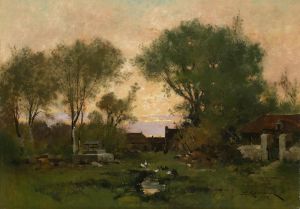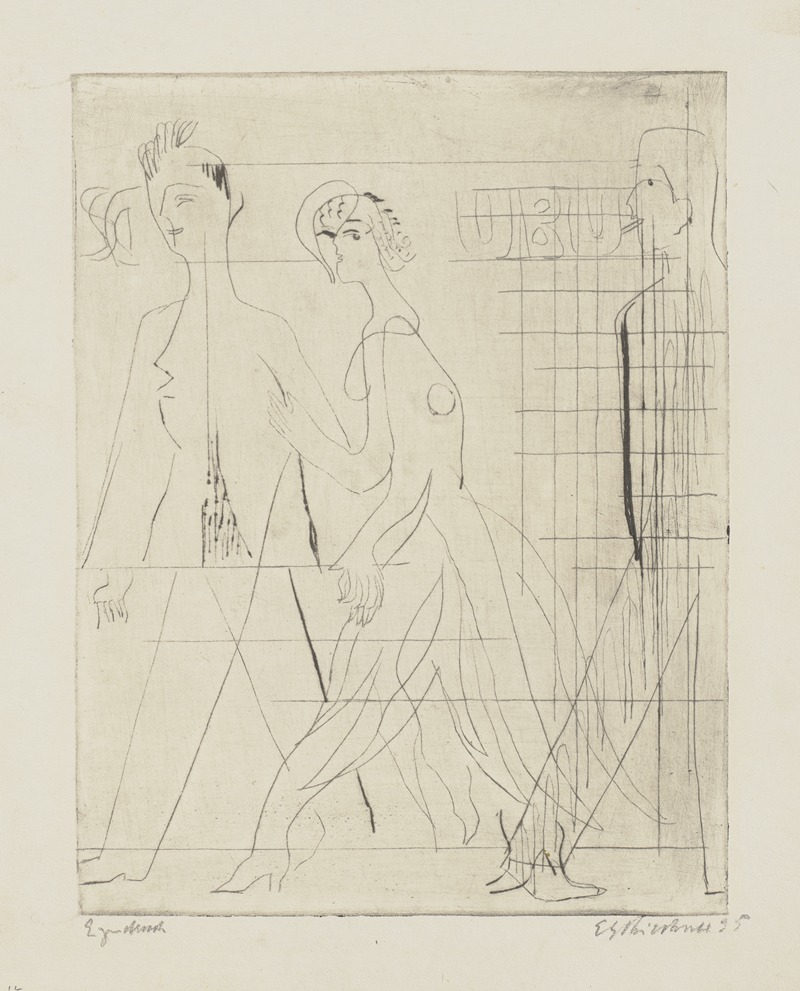
Straßenszene
A hand-painted replica of Ernst Ludwig Kirchner’s masterpiece Straßenszene, meticulously crafted by professional artists to capture the true essence of the original. Each piece is created with museum-quality canvas and rare mineral pigments, carefully painted by experienced artists with delicate brushstrokes and rich, layered colors to perfectly recreate the texture of the original artwork. Unlike machine-printed reproductions, this hand-painted version brings the painting to life, infused with the artist’s emotions and skill in every stroke. Whether for personal collection or home decoration, it instantly elevates the artistic atmosphere of any space.
"Straßenszene" (Street Scene) is a notable painting by the German expressionist artist Ernst Ludwig Kirchner, created in 1913. Kirchner was a founding member of the influential art group Die Brücke (The Bridge), which played a crucial role in the development of Expressionism in the early 20th century. This painting is one of several in a series of street scenes that Kirchner produced during this period, capturing the vibrant and dynamic life of the city.
The painting depicts a bustling urban scene in Berlin, characterized by its vivid colors, bold brushstrokes, and distorted forms. Kirchner's work often reflects the energy and chaos of modern city life, and "Straßenszene" is no exception. The composition is filled with figures that seem to be in constant motion, reflecting the fast-paced environment of the metropolis. The figures are elongated and angular, a stylistic choice that emphasizes the tension and excitement of the urban setting.
Kirchner's use of color in "Straßenszene" is particularly striking. He employs a palette of bright, contrasting colors to create a sense of movement and urgency. The colors are not used realistically but rather expressively, contributing to the emotional impact of the scene. This approach is typical of Expressionism, where the artist seeks to convey subjective emotions rather than objective reality.
The painting also reflects Kirchner's interest in the psychological aspects of urban life. The figures in the scene often appear isolated and disconnected from one another, despite their physical proximity. This sense of alienation is a recurring theme in Kirchner's work, highlighting the paradox of loneliness in a crowded city. The distorted forms and exaggerated perspectives further enhance this feeling, suggesting a world that is both fascinating and unsettling.
"Straßenszene" is also significant for its reflection of the social changes occurring in Germany at the time. The early 20th century was a period of rapid industrialization and urbanization, and artists like Kirchner were keenly aware of the impact these changes had on society. His street scenes capture the excitement and anxiety of this new urban reality, offering a glimpse into the complexities of modern life.
Kirchner's work, including "Straßenszene," was later condemned by the Nazi regime as "degenerate art." In 1937, many of his paintings were confiscated, and he faced significant personal and professional challenges during this time. Despite this, Kirchner's influence on modern art remained profound, and his works are now celebrated for their innovative style and emotional depth.
Today, "Straßenszene" is housed in the collection of the Museum of Modern Art in New York, where it continues to be appreciated by audiences for its dynamic portrayal of early 20th-century urban life. The painting remains a powerful example of Kirchner's ability to capture the essence of a rapidly changing world through his unique artistic vision.





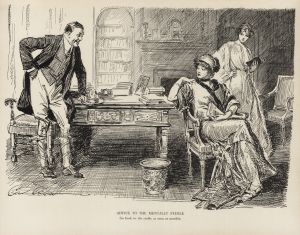
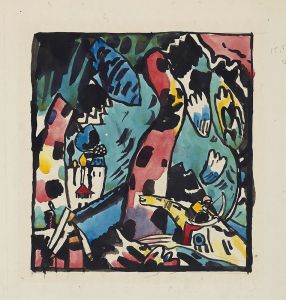
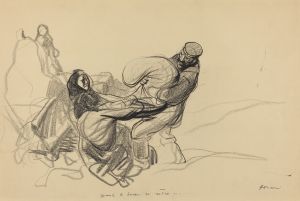
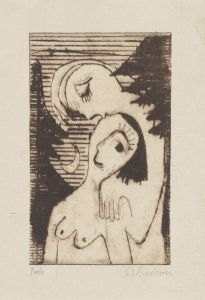
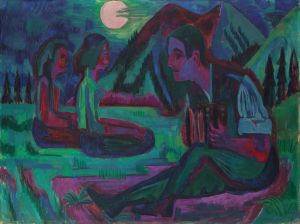
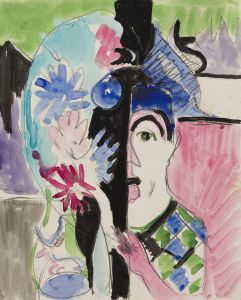
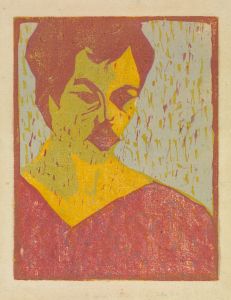
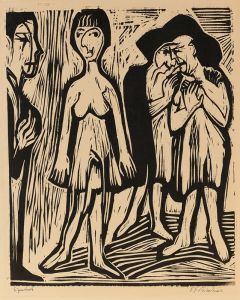
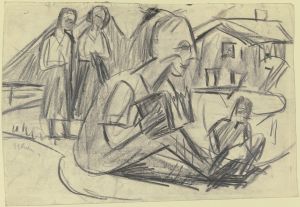
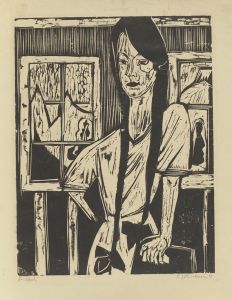
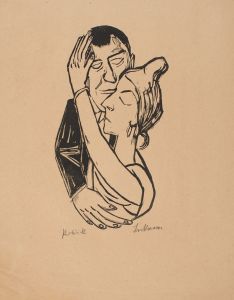
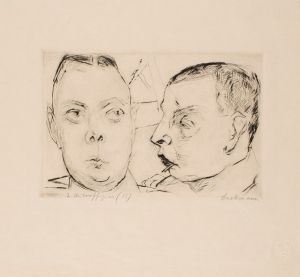
![Without Commending Himself either to God or the Devil [Clear Folly]](/imgs/264672/s/francisco-de-goya-without-commending-himself-either-to-god-or-the-devil-clear-folly-586925f3.jpg)
